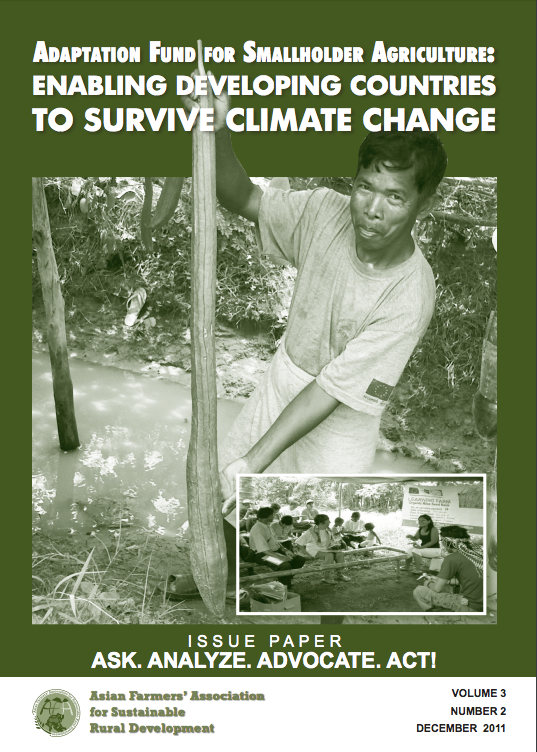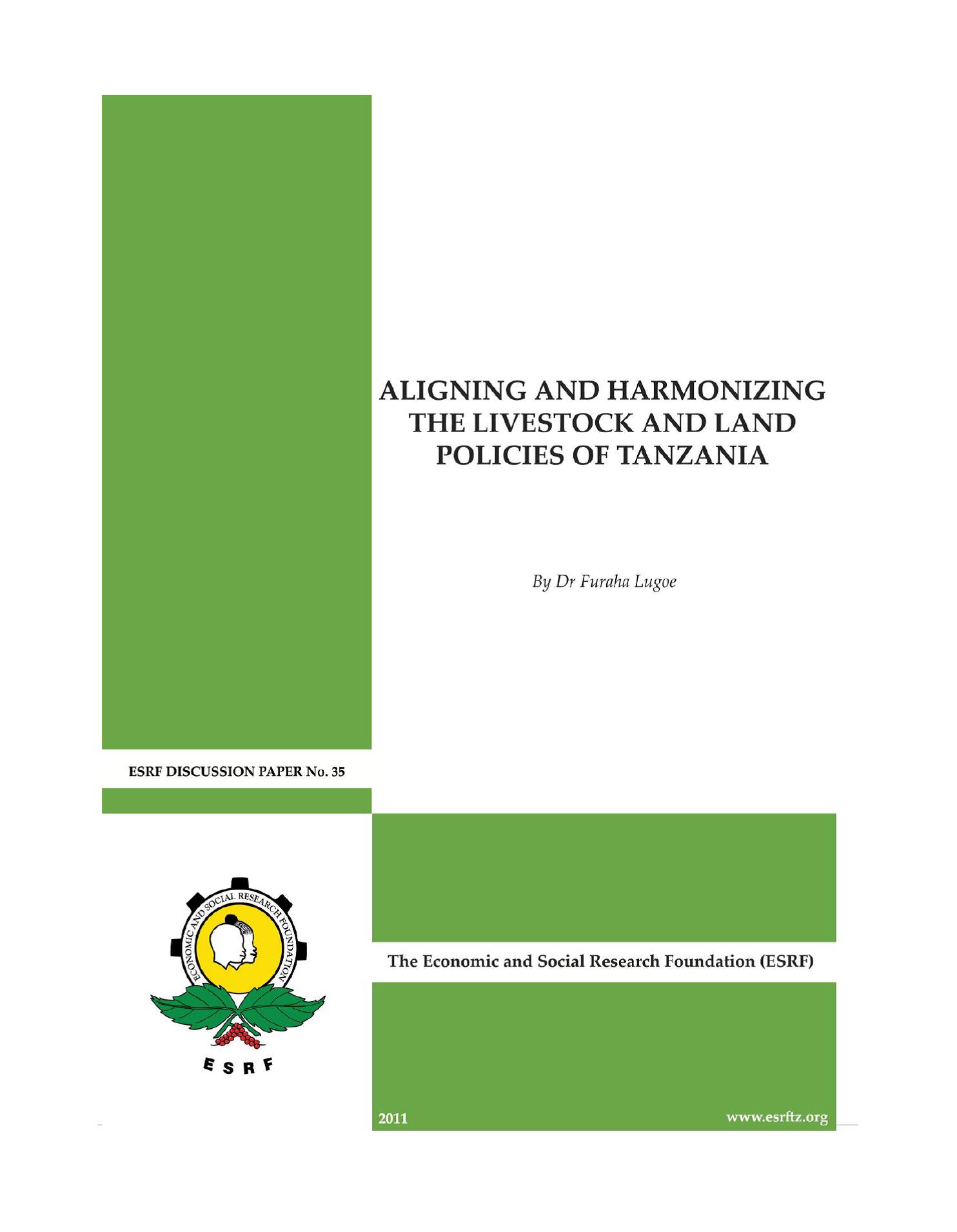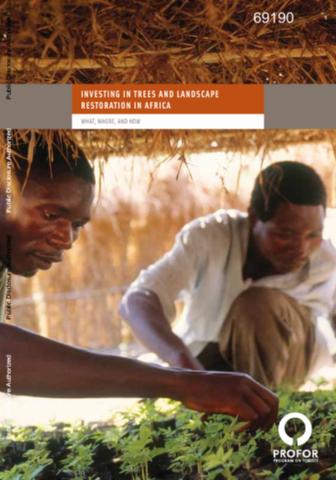Towards sustainable and improved water productivity in the old lands of the Nile Delta
Almakatei village, located on Alatf canal, was selected purposely to represent the community. Its agricultural land is located across three main districts in Menoufia Governorate – Al Bagour, Shebin Al Koum and Quesna. This was considered as one of the main advantages of selecting this site. El-Menira tertiary on Alatf canal was selected as the site for the study of the pipeline group. It is about 870 m long and it serves an area of about 40 ha. El-Hamra tertiary was selected for the study of the open canal group and serves an area of 30 ha.












